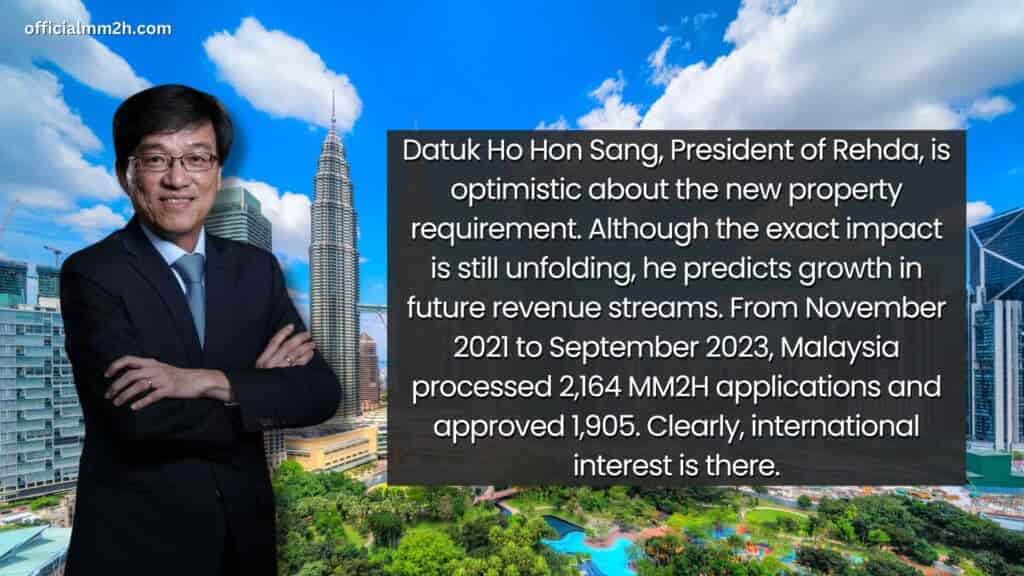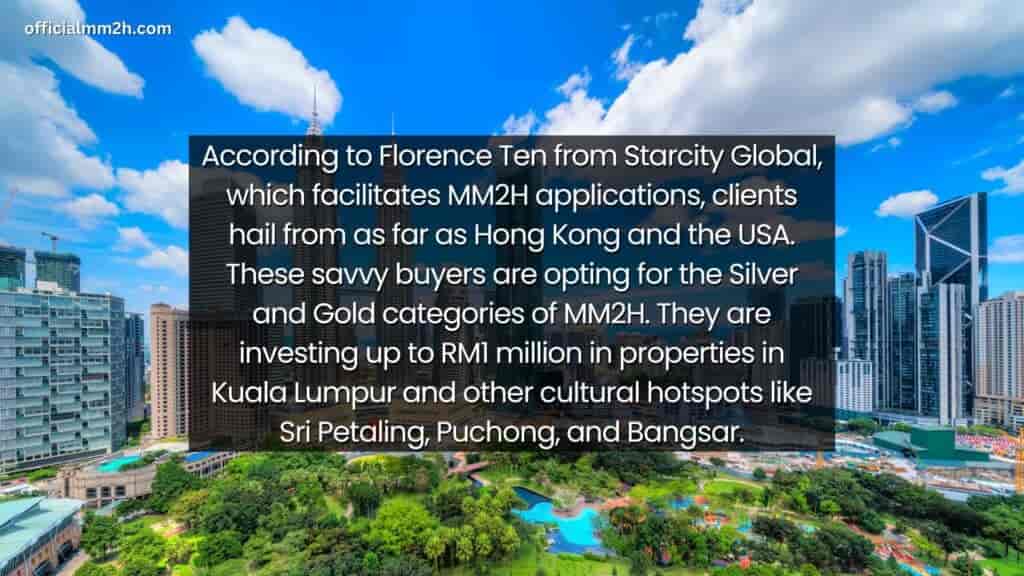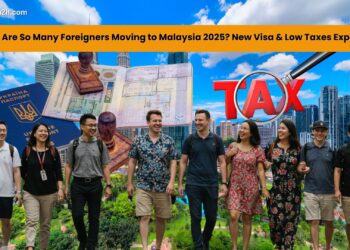Property Boom in Malaysia: How MM2H Drives Investments
Hey there, folks! Let’s talk about a little Southeast Asian nation that’s punching above its weight in the global real estate market—Malaysia. You might be thinking of Malaysia as a travel destination with stunning beaches, delicious street food, and vibrant markets. But did you know it’s also becoming a magnet for international property investors? The star player in this transformation is none other than the Malaysia My Second Home (MM2H) program. Let’s dive into why this program is turning heads and opening wallets worldwide.
The MM2H Program: What You Need to Know
Imagine this: The Malaysian government welcomes foreigners to not just visit but stay and enjoy the local way of life. The MM2H program lets you do just that. With a renewable ten-year multiple-entry visa, foreigners are encouraged to invest in Malaysia and call it their second home. The program targets high-net-worth individuals, promising lucrative returns both for investors and for the Malaysian economy.
So, what’s the catch? It’s the property ownership requirement that’s really making waves. By requiring that MM2H participants own property in Malaysia, the government is sparking global interest. It is attracting major investments in its real estate market.
Insights from Industry Experts

Now, let’s hear from the insiders. Datuk Ho Hon Sang, President of Rehda, is optimistic about the new property requirement. Although the exact impact is still unfolding, he predicts growth in future revenue streams. From November 2021 to September 2023, Malaysia processed 2,164 MM2H applications and approved 1,905. Clearly, international interest is there.
The rule has made foreign investors target homes priced at RM600,000 and up. This has driven demand in this segment. Luckily, the market is ready. There’s no rush for developers to build new structures. The supply is there. Strong foreign investment can only benefit Malaysia’s affordable housing efforts. How does that work? Through the genius of a cross-subsidy model.
The Cross-Subsidy Housing Model
For over 40 years, Malaysia’s developers have been implementing a clever model: selling high-end properties to subsidize affordable housing. Luxury purchases partly fund affordable homes. This keeps a balanced real estate market that supports both ends of the economy. By tying MM2H with this model, Malaysia is playing a smart game. Every luxury home purchase fuels the economy with benefits trickling down to local communities.
Trends Among MM2H Participants

Let’s look at who’s buying. According to Florence Ten from Starcity Global, which facilitates MM2H applications, clients hail from as far as Hong Kong and the USA. These savvy buyers are opting for the Silver and Gold categories of MM2H. They are investing up to RM1 million in properties in Kuala Lumpur and other cultural hotspots like Sri Petaling, Puchong, and Bangsar.
This behavior isn’t just about owning property; it’s about immersing oneself into Malaysian society. Expats are integrating into vibrant neighborhoods, enjoying Malaysia’s rich culture, and boosting the local economy while they’re at it.
Economic Impact and Benefits
The MM2H program doesn’t just set the stage for a win in real estate—it’s also a boon for Malaysia’s broader economy. As Assistant Professor Nur Shuhadah of the International Islamic University Malaysia notes, foreign investment in real estate boosts the nation’s foreign exchange reserves. The program makes Malaysia a top spot for retirees and holidaymakers. It also aims to encourage longer, more impactful visits.
The program targets high-net-worth individuals. It ensures they boost the local economy by spending on both tourism and everyday goods.
An Exclusive Appeal
The program’s focus on luxury may reduce participants. But, it boosts Malaysia’s appeal to rich expats. These exclusive conditions likely attract those drawn to Malaysia’s unique blend of lifestyle and investment opportunities. Further strengthening this appeal, MM2H has introduced Special Economic Zones (SEZ), strategically designed to boost tourism and economic growth, addressing unsold properties in less popular areas.
Facing the Challenges Ahead
No program is without its hurdles. With strict financial requirements and high property thresholds, participation might be limited. The cross-subsidy model, too, could face strain if luxury property sales dip. But the outlook remains positive. By fine-tuning the MM2H program and using Malaysia’s strengths, it can attract global property investors. These strengths are its location, culture, and infrastructure.
Conclusion
So, what does this mean for you? If you want to move to Malaysia or invest in its real estate, the MM2H program offers a good path. It’s an opportunity for significant financial and lifestyle gains—one that savvy investors won’t want to miss.
In summary, the Malaysia My Second Home program serves as a vital engine driving growth in the country’s real estate sector. Malaysia is creating a strong investment climate. It is aligning new policies with market needs. This will sustain global interest in the country. As potential investors or new residents explore these opportunities, Malaysia is ready to welcome them with open arms. It offers great prospects.




